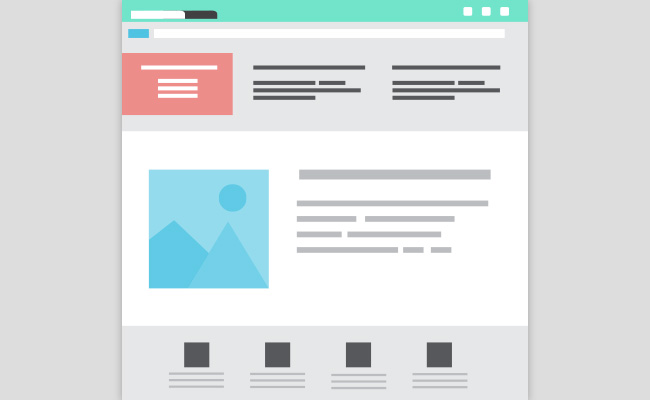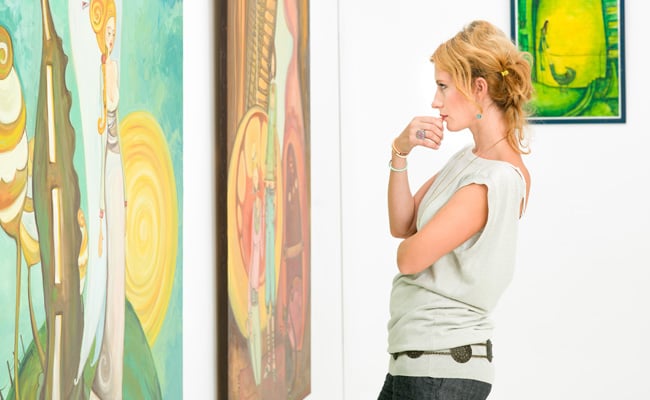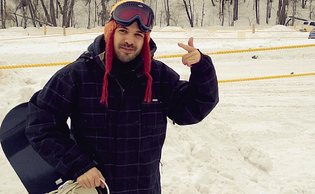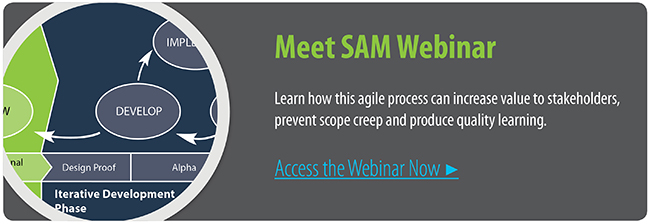Blog
5 e-Learning Media Design Tips Inspired by Ugly Sweaters
by Christopher Palm, media artist Remember pencil and paper? That archaic method of taking notes that existed before touch screens and smartphones? ...


4 Creative Process Tips for the e-Learning Graphic Designer
By Christopher Palm | September 18, 2014 | Custom Learning | 0 Comments
by Christopher Palm, media artist
Remember pencil and paper? That archaic method of taking notes that existed before touch screens and smartphones? Well, apparently it’s still pretty useful to have around! Ever felt stuck in an initial design or needed inspiration for an animation? Sometimes dusting off that sketch pad and removing yourself from the digital world will do wonders—to open up your mind and help process those creative ideas jumbled in your head.
Tip 1: Sketch It Out

Being able to quickly sketch out an intricate scene during Savvy Start meetings with our clients is very useful. Through sketching of initial placement and ideas that are brainstormed in these meetings, a tremendous amount of time and budget can be saved instead of committing down a path and hoping it was right after all of the graphics had already been created. Could you do this same method with rough graphics and placeholders? Sure, but then you run into the issue of a client being turned off by the unpolished product they see. I find with sketches, it becomes much more apparent that what the client is looking at is an idea or concept. Then we move onto digital prototypes.
Tip 2: Basic Layout

Your sketch has been approved and it’s time to begin prototyping! So, just to be sure we’re on the same page, we define a prototype as a tangible idea or concept in the form of a roughly constructed interactive component with few words and either no media, stand-in media or sketches.
At these beginning stages in an iterative process like SAM, it’s easy to get caught up in designing each and every brick as you place them, making sure they are perfectly aligned and sized. But it’s a trap! Much like you did with sketching, you want to take a general approach initially. Throw all of your bricks on the page. Start with a huge slab of stone and whittle your way down to reveal your Michelangelo. I usually use solid shapes and colors to get the general idea of where my elements will be placed on the screen. This helps give me a realistic idea of how much space I have to work with. At this point, if something is taking up too much room, or not enough, it is easy to adjust since I haven’t committed fully yet.
Tip 3: Design!

Finally! You have your concept down and your layout created. Iterative design continues with more rounds of prototyping which can take several forms depending on the means of delivery. You probably have a general idea of what kind of look and feel you’re going for and now it’s time to start creating those graphical elements. The foundation is set, pour the cement! However, unlike in my metaphor, a digital design is not set in stone. The best thing you can do for yourself at this point is save your progress. Save every source Photoshop file, even the most mundane ones. It’s ALWAYS the one time you don’t save your source that you need to go back and make an edit.
Tip 4: Refine and Revise, Refine and Revise...

Having finished your design, there is nothing left to do. Sit back and watch as everyone basks in the glow of your beautiful creation. Right? I think this has only ever happened once or twice in my career, and looking back on those designs now, I can see flaws that would have been caught with a round of revisions and feedback. Iterative design is never perfect nor complete, but through several rounds of design, prototyping, and evaluation, we can obtain a quality product. Keep an open mind, but don’t lose the initial vision. That said, not every change is worth making. It’s important to think critically about what a change would mean to your design―ask yourself, “Does this add value, or take away from the design in any way?”
Just as there are many ways to complete the same task in Photoshop, the creative process can greatly differ as well. Please share your method below!
Want to share this post? Here are some ready made tweets:
Click to Tweet: 4 Creative Process Tips for the e-Learning Graphic Designer http://hubs.ly/y08Hnj0 #elearningdesign
Click to Tweet: Check out these great tips for #elearning #graphicdesigners from Chris Palm! http://hubs.ly/y08Hnj0
Click to Tweet: Feel stuck in an initial design or need inspiration for an animation? Check out these #elearning #graphicdesign tips! http://hubs.ly/y08Hnj0
.png?width=135&height=135&name=Chris(120).png)
About the Author: Christopher Palm
Comments
Would you like to leave a comment?
Related Blog Posts

By: Christopher Palm | Feb, 2014
Category: Custom Learning

Blog
4 Sizzlin' Tips for e-Learning Graphic Designers
by Christopher Palm, media artist Remember pencil and paper? That archaic method of taking notes that existed before touch screens and smartphones? ...
By: Christopher Palm | Jun, 2014
Category: Custom Learning

Blog
e-Learning Interface Design Even a Four-Year Old Can Navigate
by Christopher Palm, media artist Remember pencil and paper? That archaic method of taking notes that existed before touch screens and smartphones? ...
By: Christopher Palm | Dec, 2013
Category: Custom Learning

